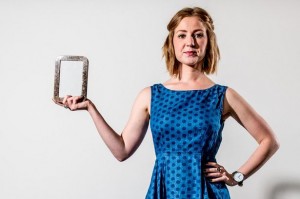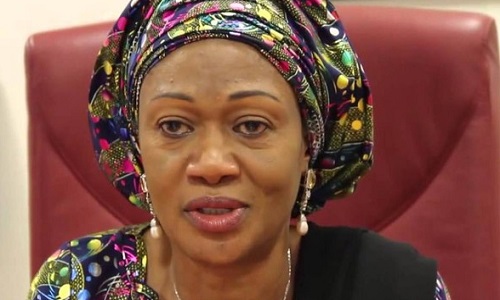Mums can now turn their placenta into a photo frame in which to display pictures of their newborn babies.
Graduate Amanda Cotton has devised a way of making marble-effect frames and is already receiving orders from parents.
She first boils and cooks it and then grinds it into small pieces before placing it into a mould with resin and other materials.
The University of Brighton graduate said: “I have had a lot of positive feedback from mothers and fathers to be – and I already have clients.”
One order has come from Ulrika Jarl, who is expecting her second daughter at Christmas, a uni spokesman said.
After the birth, Miss Jarl will be keeping the placenta in a cool box for Miss Cotton to collect and turn into a frame.
Miss Jarl said: “I can understand why some people might find this a bit yucky but what attracted me was the use of materials that we think of as waste.
“I finished an MA in sustainable design at the University of Brighton a couple of years ago and these issues are close to my heart.
“We need to think of all waste in a completely new way, as raw materials which hold huge potential. Why not use human waste where possible?
“I have friends who swear by placenta capsules and say they give them much more energy, more milk and even combat the postpartum blues.
“You can donate placentas for training dogs to look for human remains.
“There are so many uses for these useful bits of tissue that kept your baby alive for nine months, yet the majority of placentas are just thrown away.
“That really is a waste.”
Miss Cotton developed her picture frame technique before graduating this year in 3D materials practice (now design and craft) at the Faculty of Arts.
She said: “It is my belief that human by-products have just as valid an aesthetic value as their virginal material resource.
“From this starting point, I chose to create souvenirs which pin-point key times in one’s life, using materials of personal significance.
“I chose the placenta because during my time at Brighton I lived with a midwife and it became apparent through her studies that there was little importance placed on the placenta, even though it is the link between the mother and baby throughout the entire pregnancy.
“My work is all about our incredible bodies creating materials which we love and care for yet, once separated from us, we are repulsed by and we feel the need to discard then. My work is about expressing the amazing and intricate materials our bodies provide.”
The 25-year-old, who works for a London design company, has said she is expanding the range after receiving positive feedback from parents.
She said: “It is quite common for people to keep their baby’s by-products such as the umbilical cord, first tooth or hair clippings to document their progress, along with photos and notes.
“The placenta is one of the first creations the mother and baby make together – why not celebrate that with a keepsake?”





